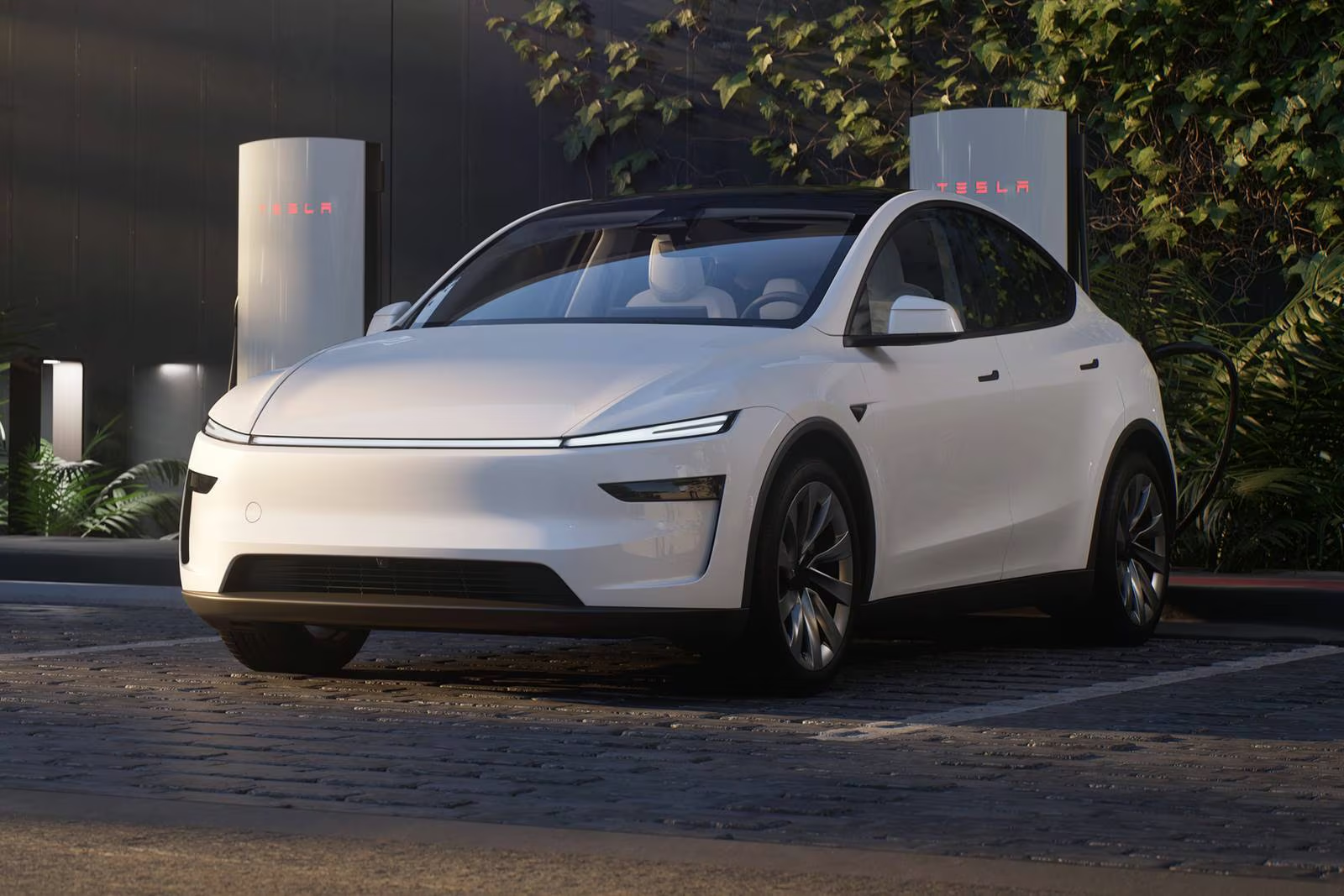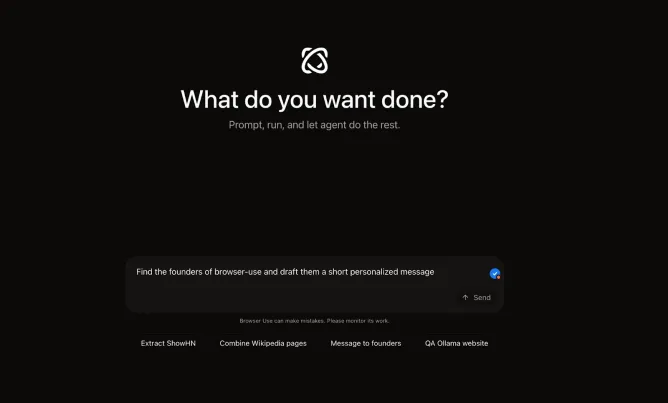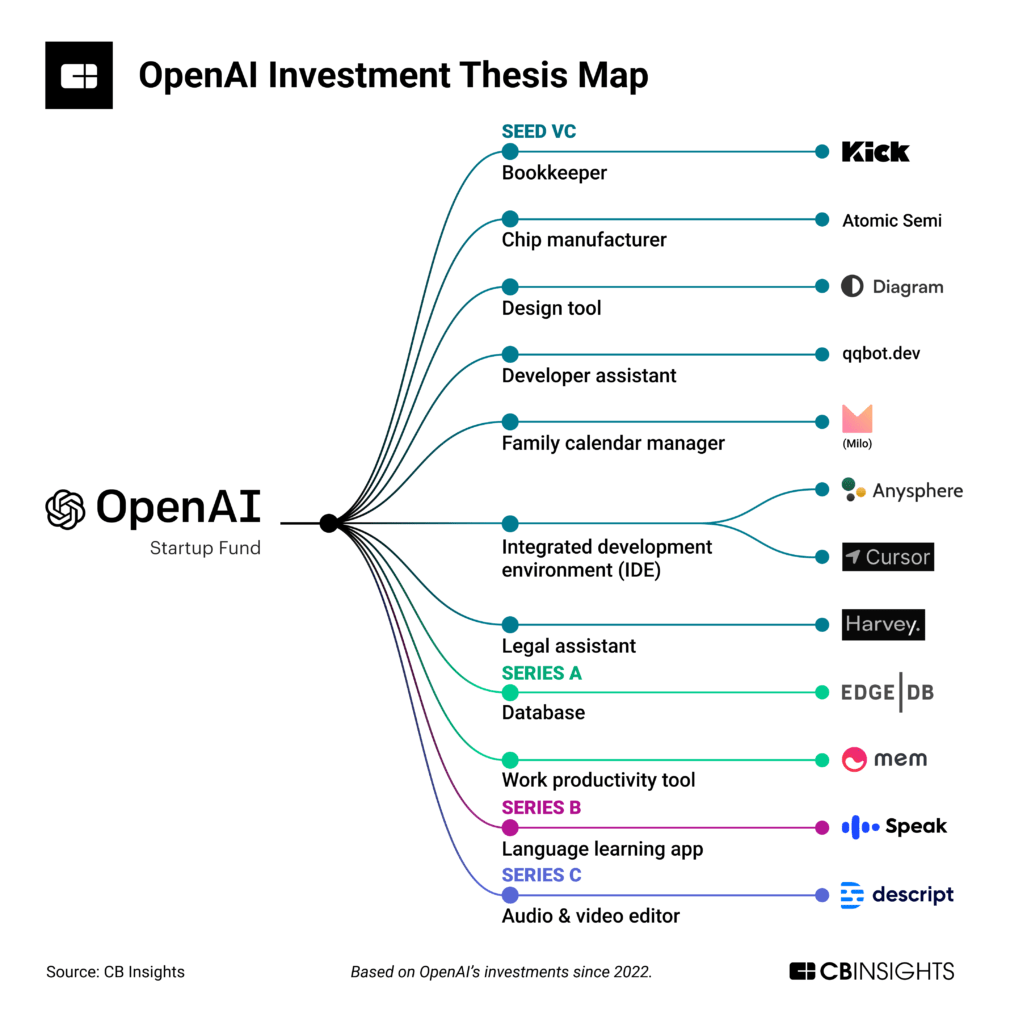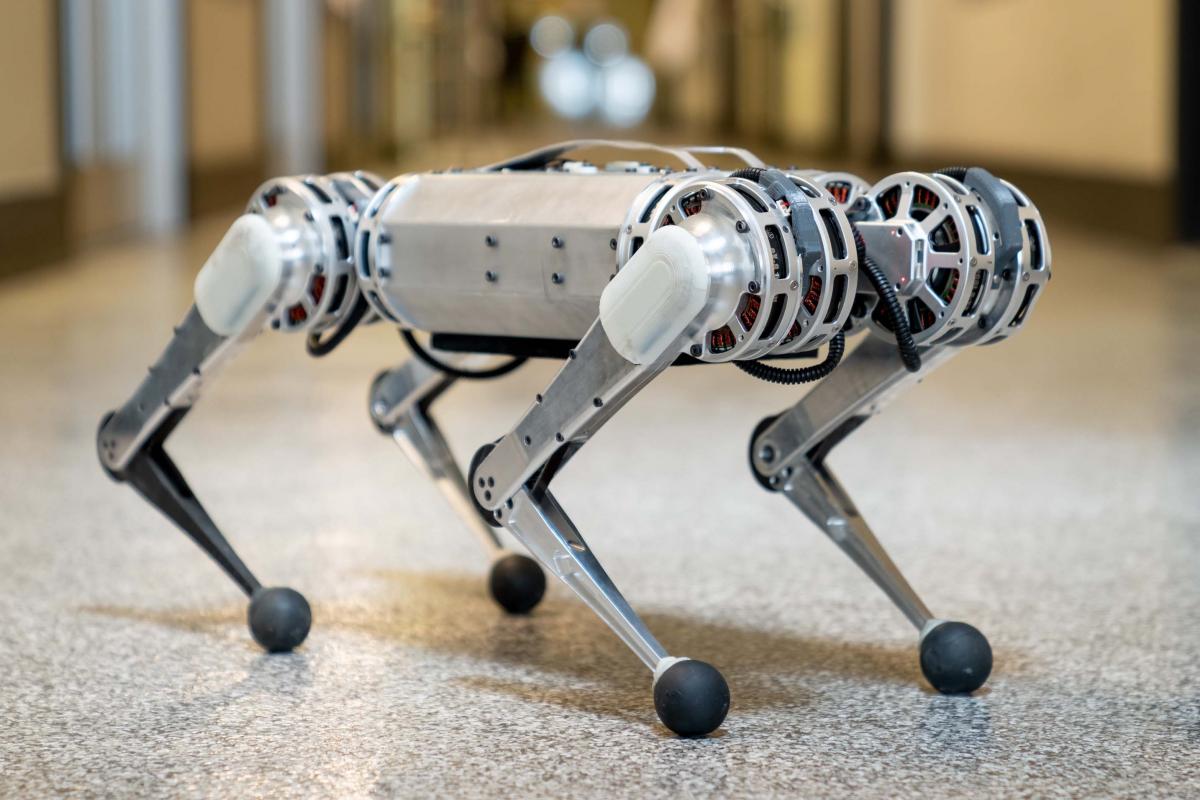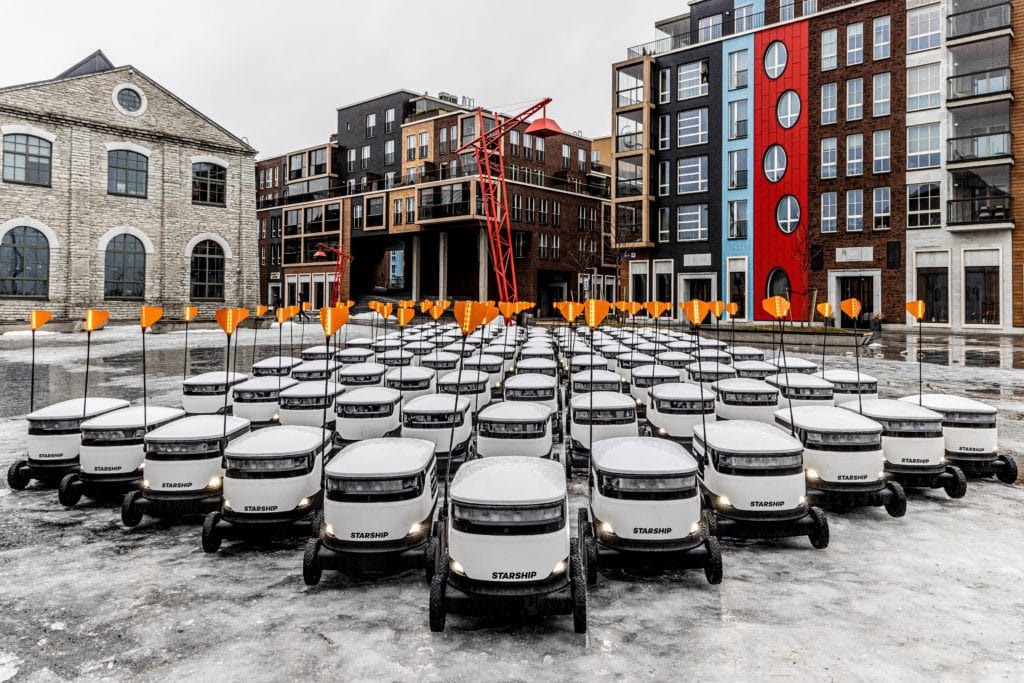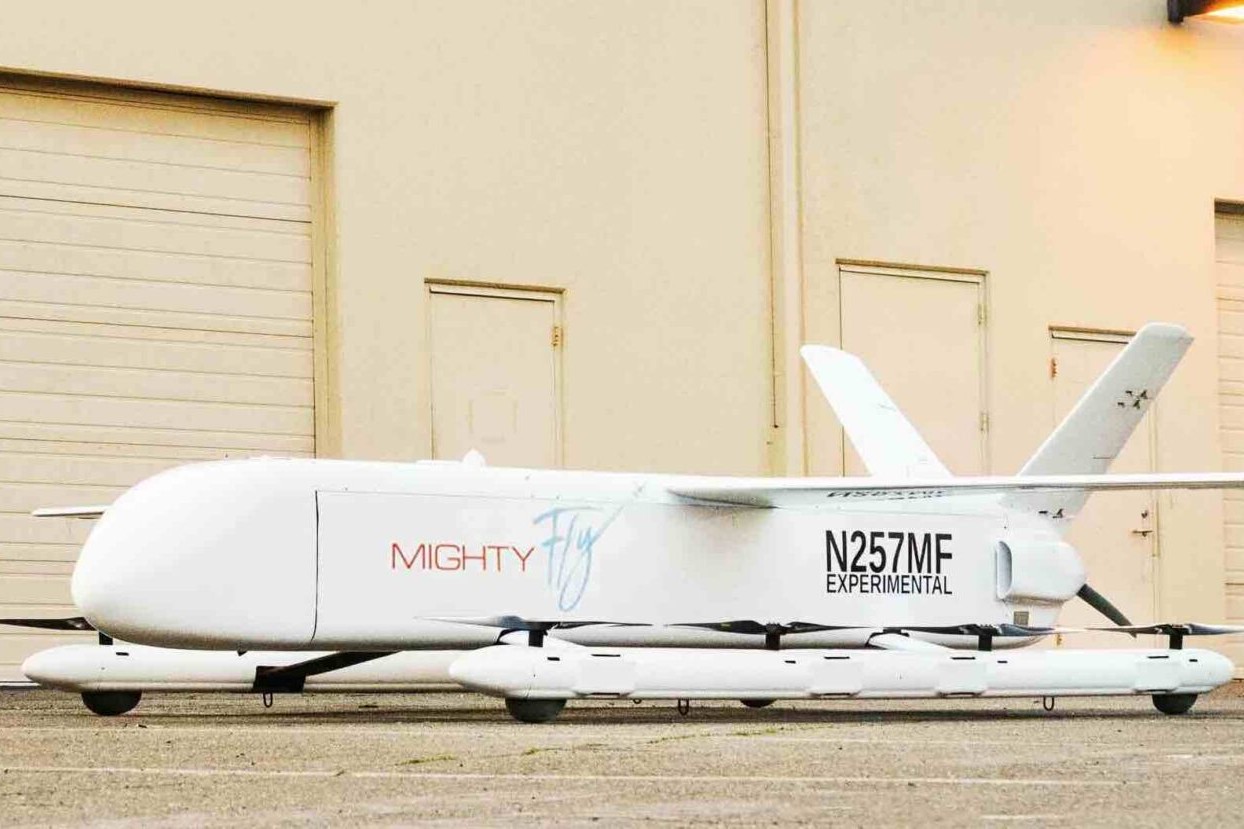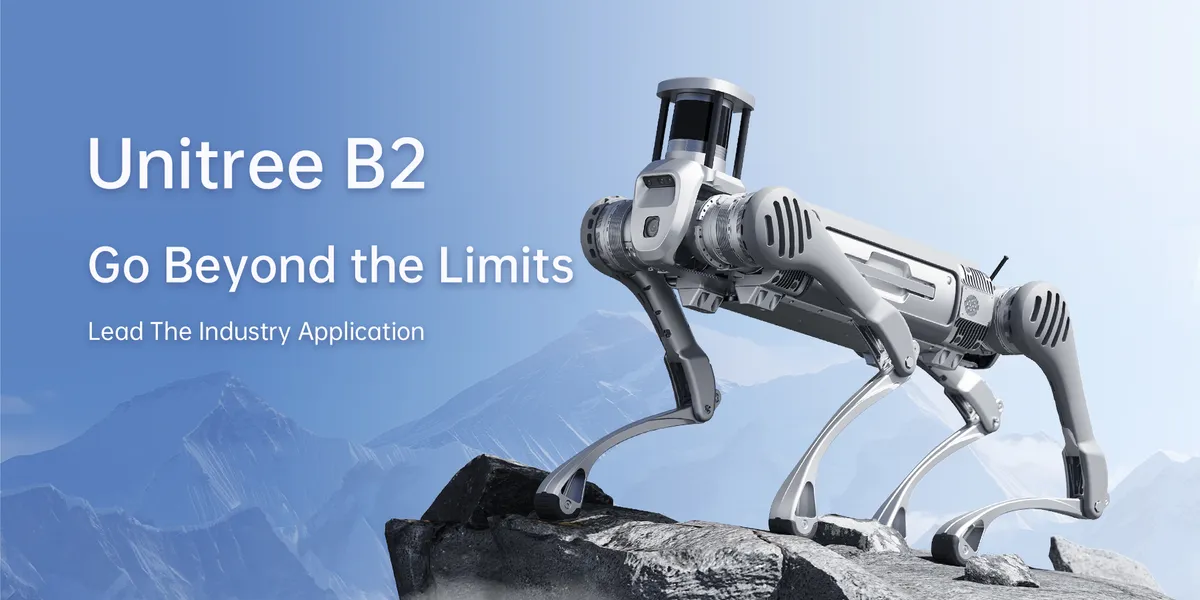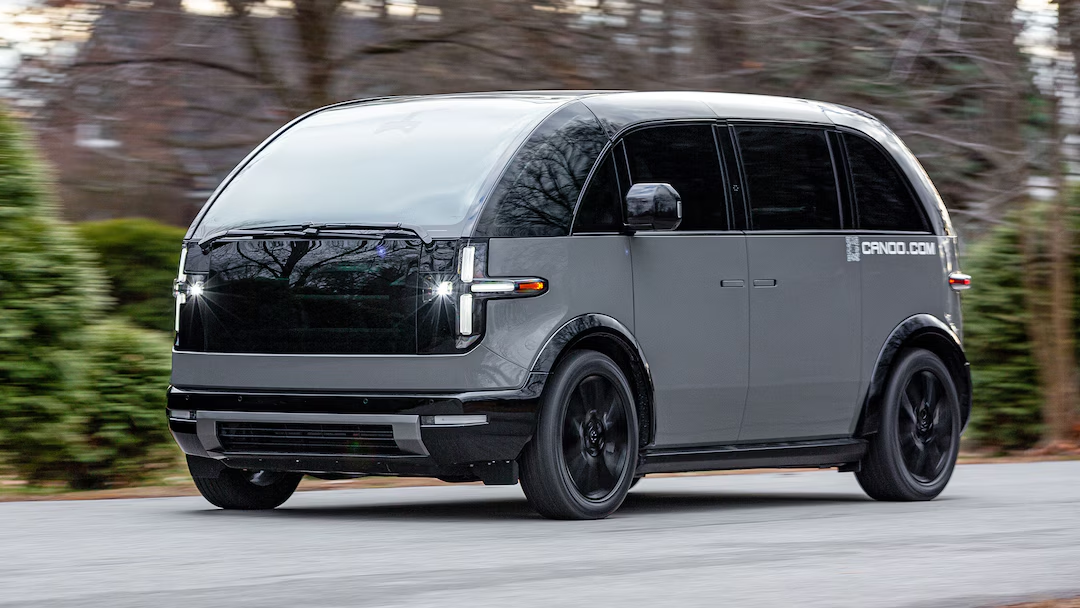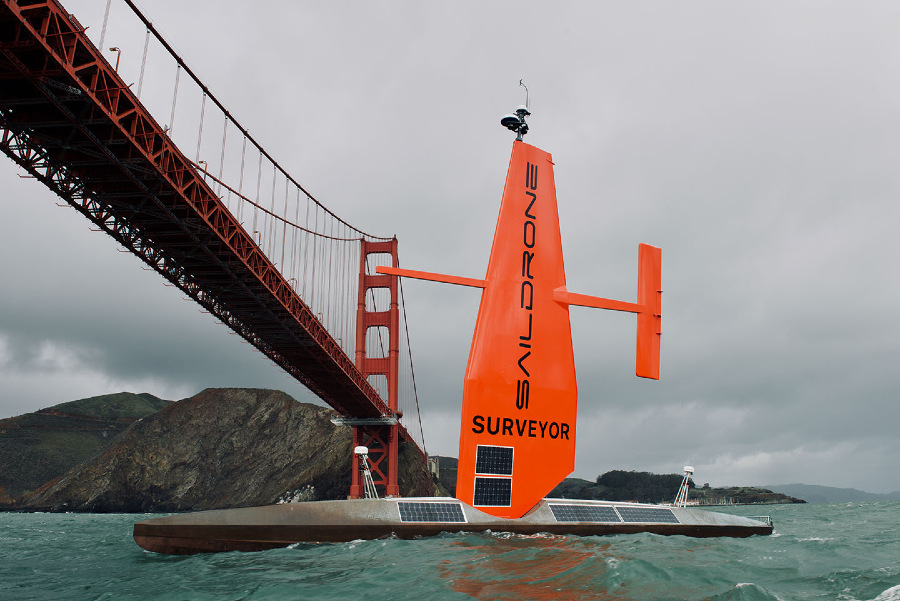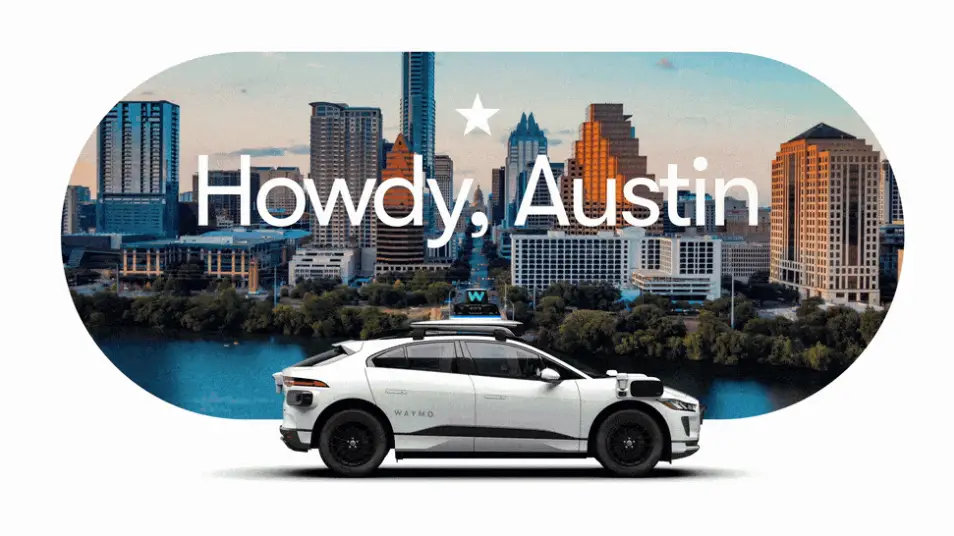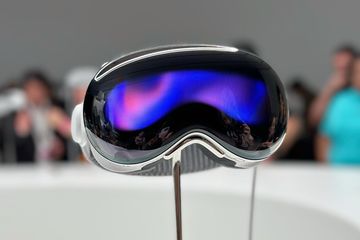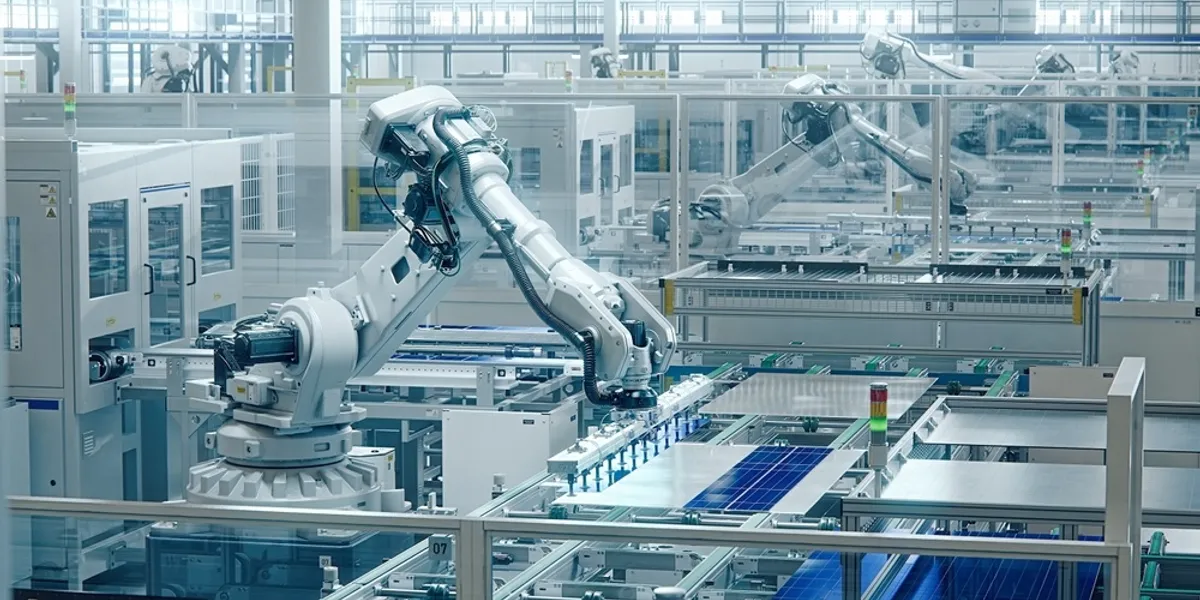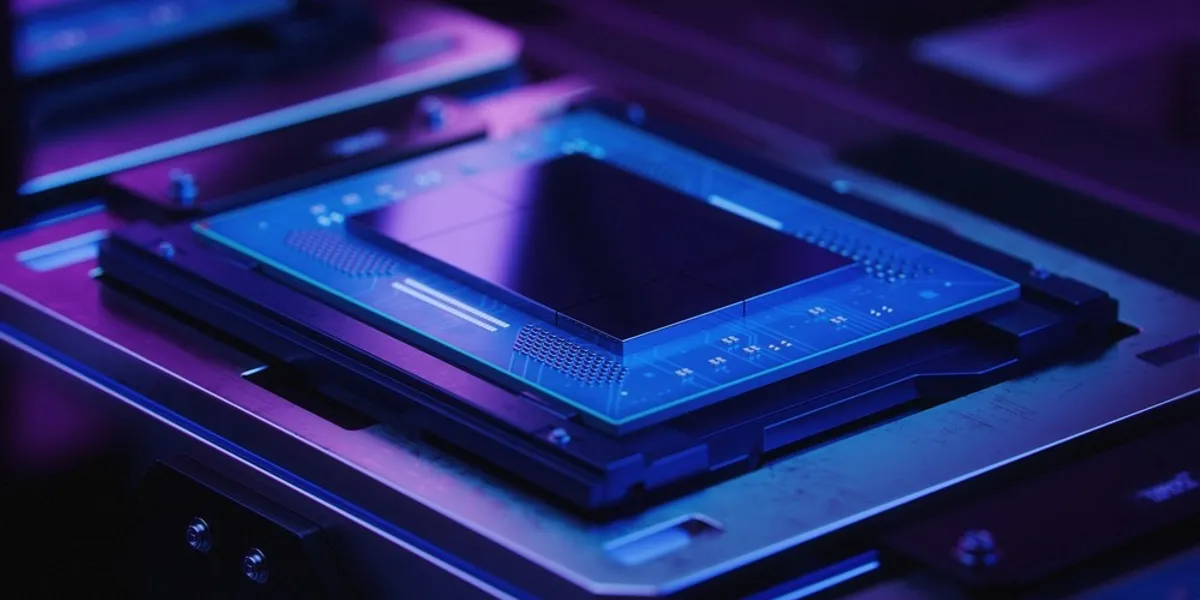Norwegian robotics startup 1X is set to take a major step forward in humanoid robotics, planning to deploy its latest prototype, Neo Gamma, into select homes for early testing by the end of 2025. CEO Bernt Børnich announced at Nvidia GTC 2025 that “Neo Gamma is going into homes this year,” with the goal of enlisting early adopters to help refine the system. “We want it to live and learn among people, and to do that, we need people to take Neo into their home and help us teach it how to behave.”
The push for humanoid robots in household settings has gained significant momentum. Figure, a Bay Area competitor known for its strong social media presence, revealed plans in February to begin home testing of its own humanoid robots in 2025. Shortly after, Bloomberg reported that Figure was negotiating a massive $1.5 billion funding round at a staggering $40 billion valuation. Meanwhile, OpenAI—one of 1X’s investors—is rumored to be exploring its own humanoid robotics initiatives.
However, deploying complex humanoid machines in home environments comes with considerable challenges. Similar to autonomous vehicle startups rolling out robotaxis, the potential for unexpected failures is high.
Challenges Ahead
Børnich acknowledges that Neo Gamma is still a long way from full autonomy and commercial scalability. While the robot leverages AI for walking and balancing, it currently lacks fully autonomous capabilities. To navigate early in-home tests, 1X will rely on teleoperators—human controllers who monitor Neo Gamma’s cameras and sensors in real-time and can intervene when necessary.
These real-world tests will allow 1X to gather critical data on how Neo Gamma functions in home settings. Insights from early adopters will help build a robust dataset to refine the company’s AI models, ultimately enhancing the robot’s capabilities. Though OpenAI is a backer, Børnich emphasized that 1X primarily develops its AI technology in-house, occasionally co-training models with partners such as OpenAI and Nvidia.
The integration of cameras and microphones inside homes for AI training raises inevitable privacy concerns. A company spokesperson reassured TechCrunch that users will have control over when a 1X employee can access Neo Gamma’s visual and audio data, whether for auditing or teleoperation.
Neo Gamma, unveiled in February, is the first bipedal robot from 1X intended for real-world testing beyond laboratory environments. It boasts an improved onboard AI model compared to its predecessor, Neo Beta, and features a soft, knitted nylon bodysuit designed to minimize injury risk during human interactions.

Neo Gamma Serving Breakfast
At GTC, 1X demonstrated Neo Gamma performing basic household tasks, including vacuuming, watering plants, and navigating a living room without colliding with obstacles. Despite these promising capabilities, the demo wasn’t flawless—the robot experienced technical difficulties, briefly shaking before collapsing into Børnich’s arms. A company representative attributed the mishap to poor Wi-Fi connectivity in the conference hall and a low battery.
The specifics of 1X’s early adopter program remain vague. The company has yet to outline a clear go-to-market strategy for Neo Gamma, though a waitlist is available on its website. It also remains uncertain how the robot will function in homes without continuous teleoperation support. A spokesperson noted that further details will be provided at a later stage.
While a few hundred or even a few thousand early adopters may get the opportunity to experience a human-assisted version of Neo Gamma in 2025, widespread commercial availability of fully autonomous humanoid robots is still years away. The road to robots seamlessly integrating into everyday life remains long, but 1X’s latest initiative is a significant step toward that future.
